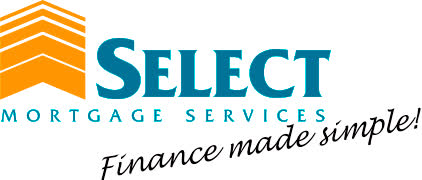Loan Series #2: Reverse Mortgages
Did you know that you can use your mortgage when crafting your retirement plan? While it is not the most well-known option, it is something you can consider when thinking about planning for the future.
How does it work?
A reverse mortgage is a type of home loan that allows you to borrow money using the equity in your home as security. The loan comes in the form of a lump sum, a regular income stream, a line of credit or a combination of these options.
Like every other loan, you'll be charged interest. However, you won’t need to make repayments until after you leave your home. That’s right – you don’t need to pay a thing while you’re living in it. The interest compounds over time and is added to your loan balance. You remain the owner of your home and can stay in it for as long as you want.
But, there’s a catch – you must repay the loan in full when you sell your home, move into an aged care facility or pass away.
While you don’t need to earn an income to qualify, lenders are required by law to lend you money responsibly. This means that not everyone will be able to obtain this kind of loan.
Are there risks involved?
Yes, there are quite a few risks that need to be addressed before you decide to go down the reverse mortgage pathway.
Firstly, interest rates are higher than the average home loan. The debt can rise incredibly quickly due to the nature of the compounding interest. This type of loan may also affect your pension eligibility and your ability to move into aged care. Furthermore, if you fix your interest rate, the cost to break the agreement can be very high.
You might also be asking about what will happen if you end up borrowing more than what your home is worth.
The answer is nothing.
You can’t borrow more than the value of your home. In September 2012, the government introduced statutory ‘negative equity protection’ on all new mortgage contracts. This meant that borrowers cannot end up owing the lender more than what their home is worth – either in market value or equity.
When your mortgage ends and the home is sold, the lender will receive the proceeds of the sale. You won’t be held liable for any debt more than the sale price. On the flip side, if your home sells for more that the amount owed, you’ll receive the extra funds.
How much can you borrow?
The older you are, the more you can borrow. Lenders will have different policies on how much they’ll lend and who they’ll lend to. As a rule, at 60 you will be able to borrow a maximum of 15-20% of the value of your home. Every year after that, the amount you can borrow increases by 1%. This means that by 70, the maximum amount you can borrow will be 25-30%.
Before deciding, do some personal research. Talk to your mortgage broker about what this type of loan can do for you and your finances. Determine where you would like to be in the future, what your future plans are and discuss what the possible impacts of this type of loan will mean for you.
At Select, we offer no-obligation, quality and free advice to help you reach your financial goals. For more information about reverse mortgages and whether it would benefit your finances, contact us today on (08) 9417 3399.
